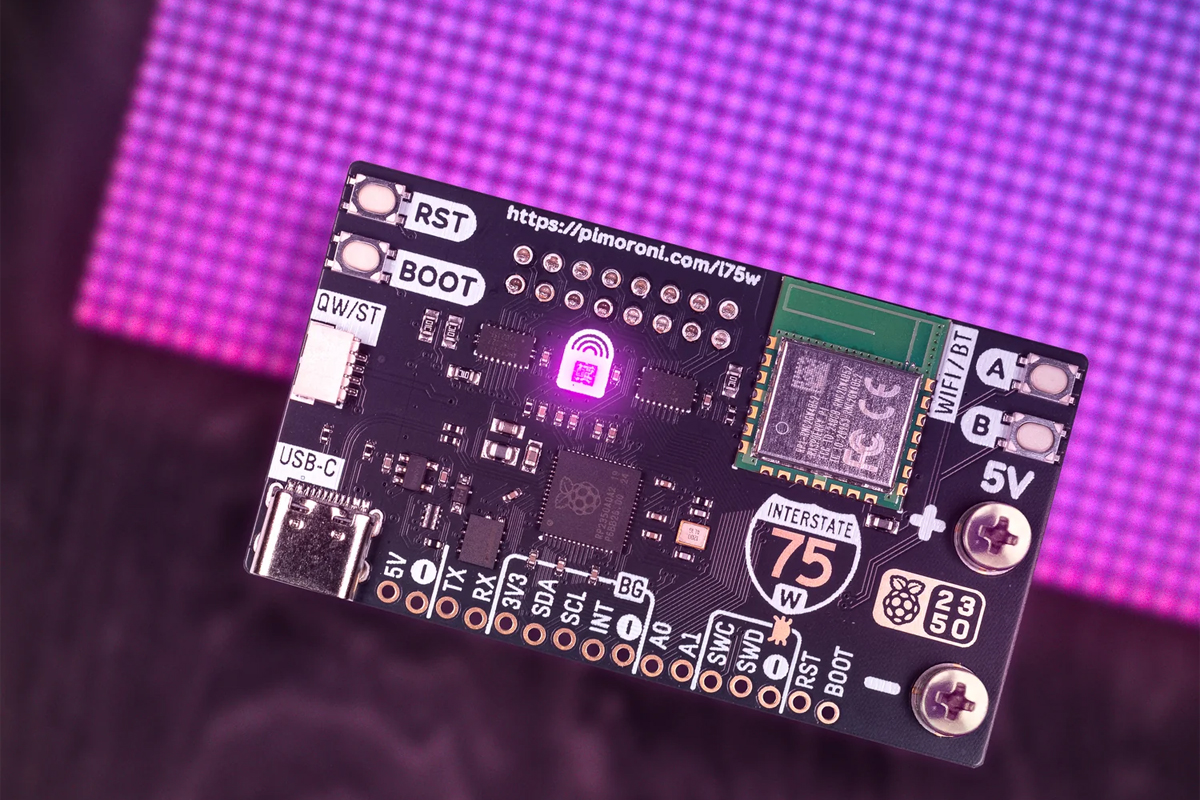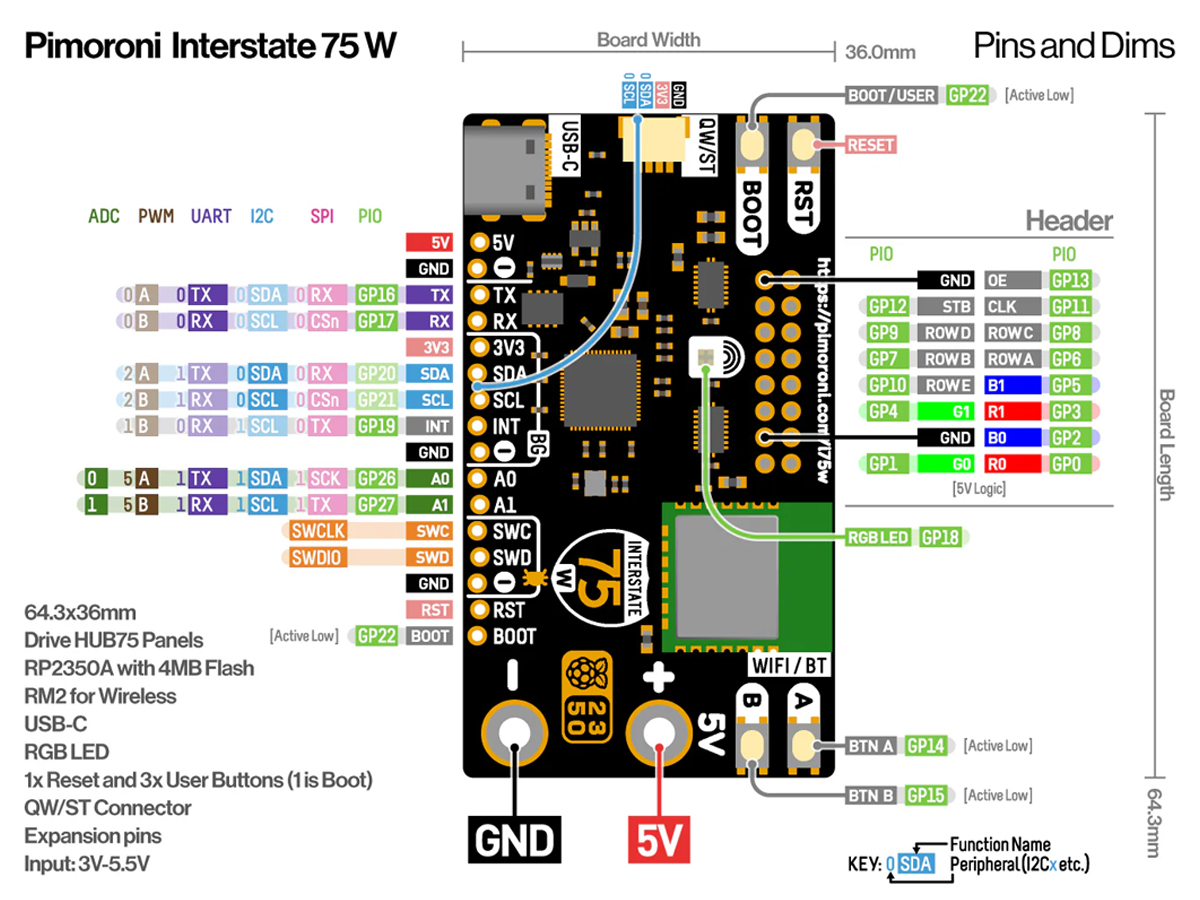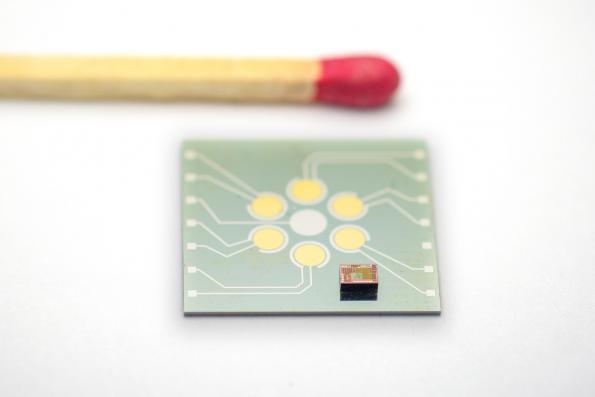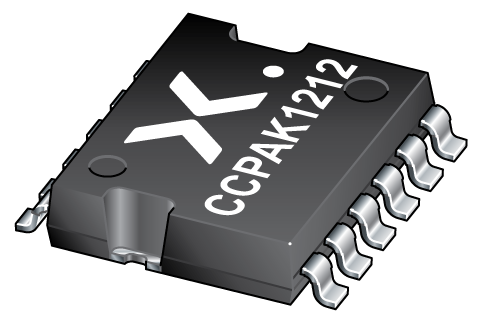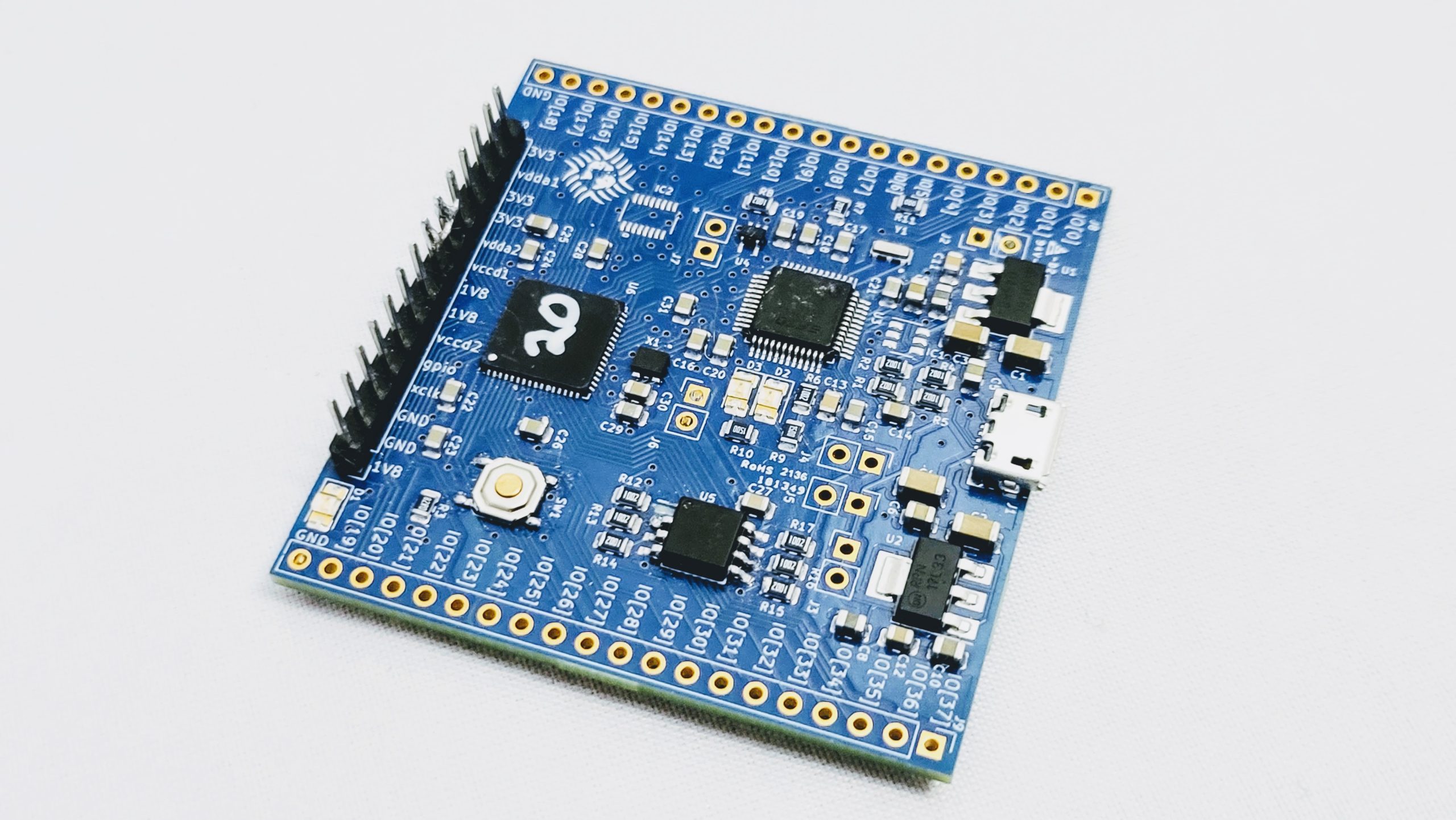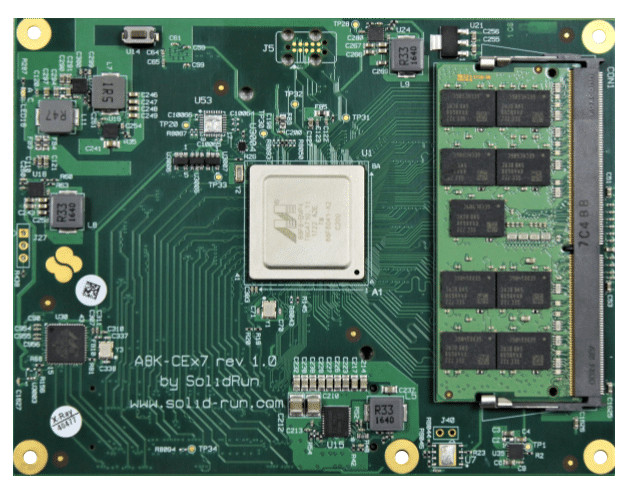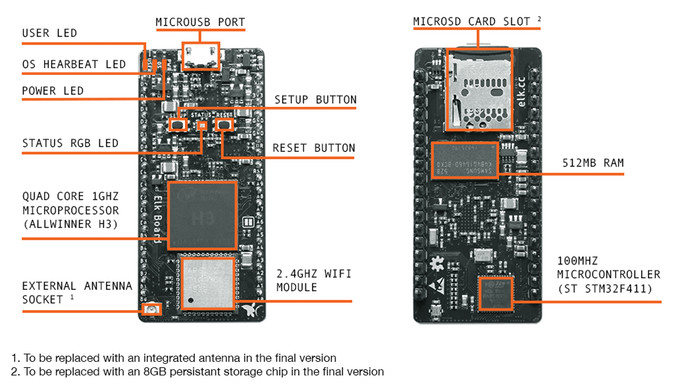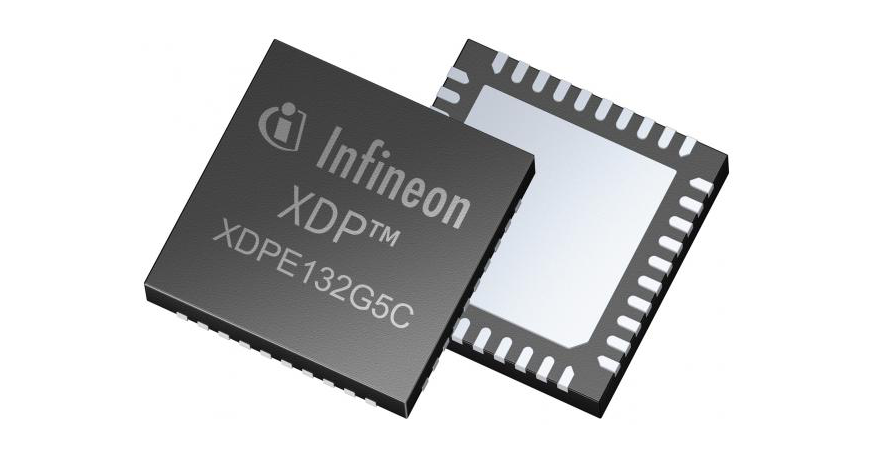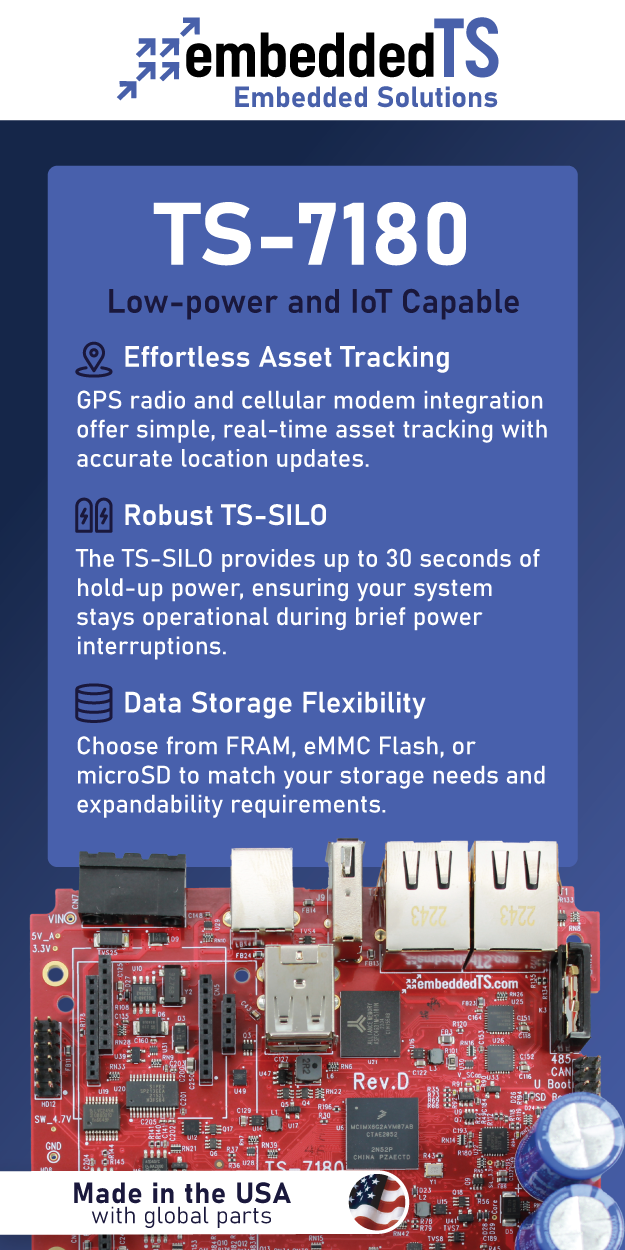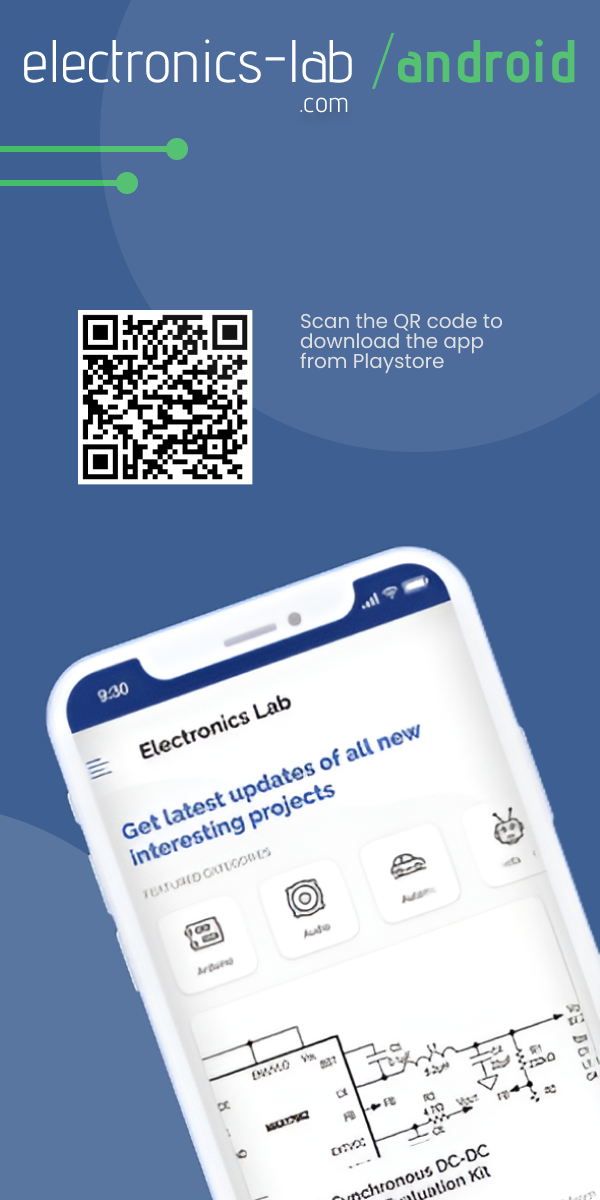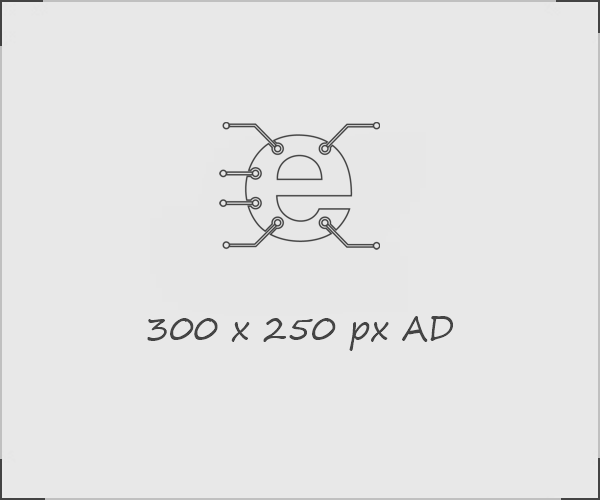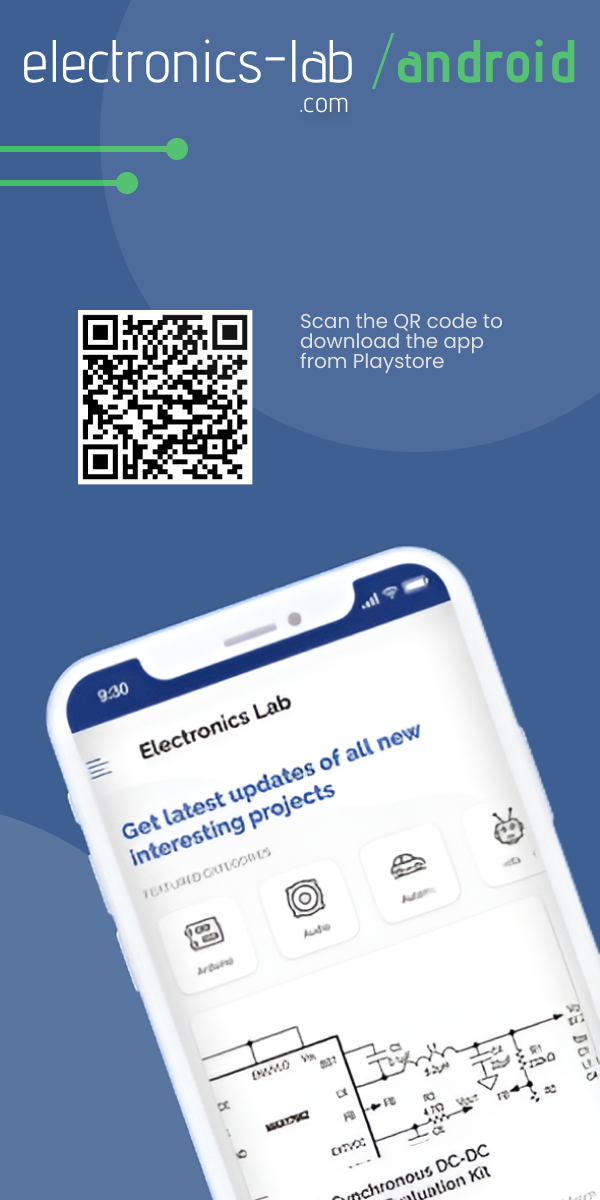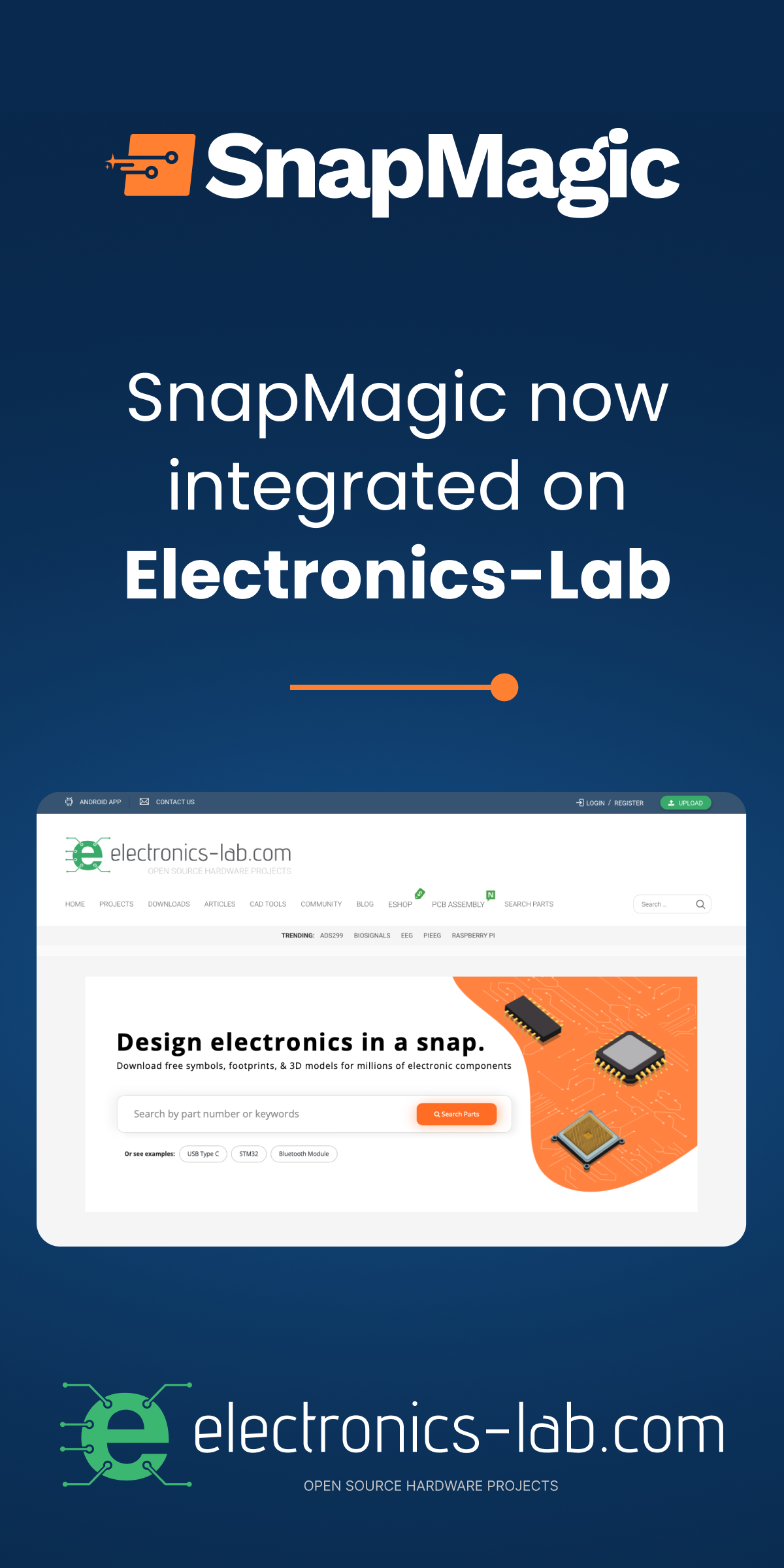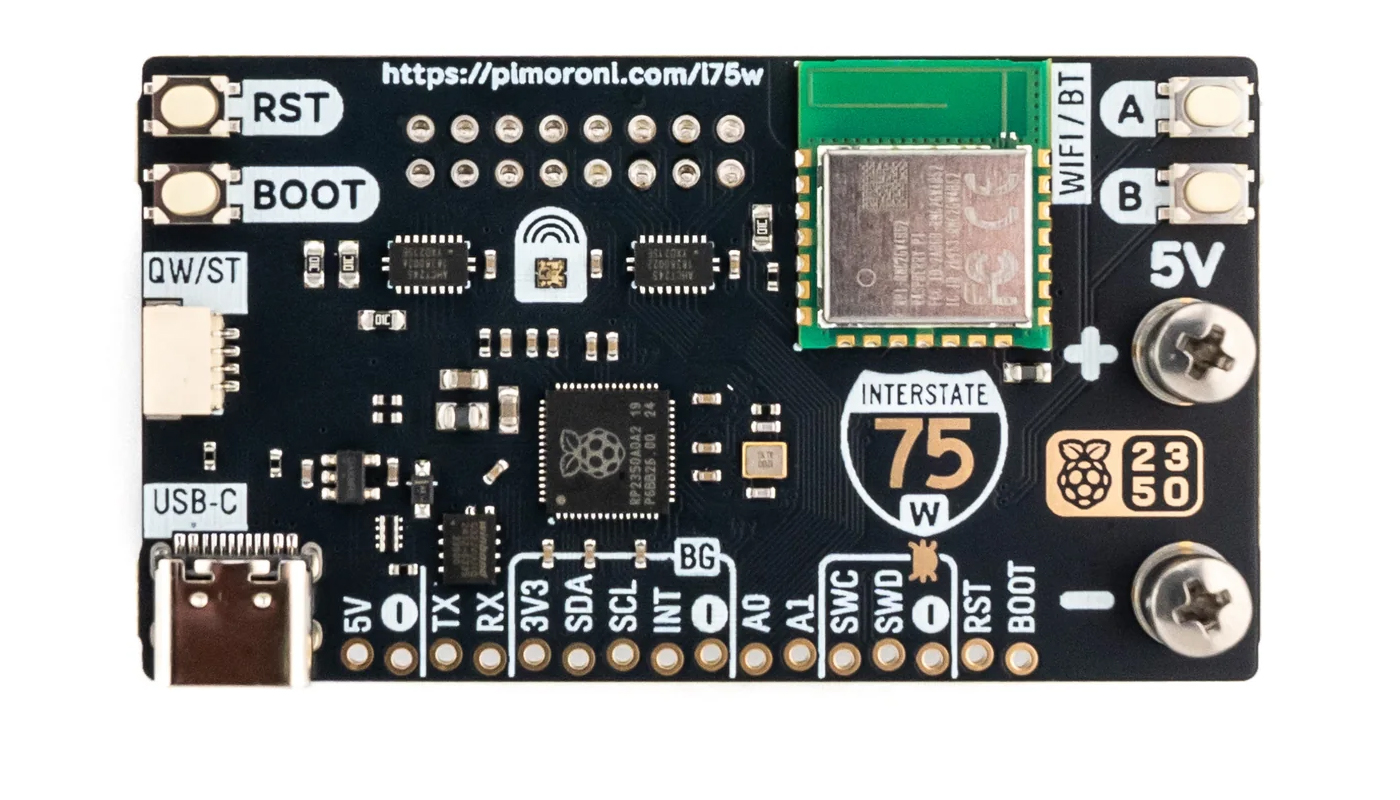
Pimoroni’s Interstate 75 W (RP2350) Brings Wireless Connectivity with LED Matrix Driver Board
The Interstate 75 W (RP2350) by Pimoroni is a compact, all-in-one RGB LED matrix driver board designed for HUB75-style LED panels, commonly used in video walls and digital signage. Powered by the RP2350 chip, it features a dual-core Cortex M33 processor (up to 150MHz), 4MB QSPI flash, onboard Wi-Fi (IEEE 802.11 b/g/n), and Bluetooth.
It connects directly to LED panels, making creating scrolling displays, sensor-based visualizations, or API-driven information boards easy. This includes USB-C power, screw terminals for LED panels, three user buttons (A, B, BOOT), an onboard RGB LED, and a Qw/ST connector for easy breakout integration. It supports various 32×32, 32×64, 64×64, and 128×64 matrices. Available as a standalone board or in a Starter Kit, it enables dynamic applications such as public transport displays, air quality monitoring, real-time traffic updates, or customizable signage.
A notable performance boost over the RP2040 is delivered by the RP2350 chipset, featuring improved floating-point calculations, more RAM, and PSRAM support, making it great for high-resolution LED displays and data-driven visuals.
This is not the first time we are discussing about an LED Matrix Board. Previously, we have covered a similar product like Nova, a compact and versatile RP2040-based board with an integrated 7×10 addressable LED matrix. We have also written about Waveshare ESP32-S3-Matrix Dev Board, featuring an 8×8 addressable RGB LED Matrix. However, this is the first time we’ve seen a compact development board built specifically to drive industry-standard HUB75 panels.

Interstate 75 W (RP2350) RGB LED Matrix Driver Board Specifications:
- SoC: Raspberry Pi RP2350A
- CPU:
- Dual-core Arm Cortex-M33, up to 150MHz with Arm Trust zone and Secure boot OR
- Dual-core RISC-V Hazard3, up to 150 MHz
- CPU:
- Memory: 520KB SRAM
- Storage: 4MB QSPI flash (XiP support)
- Wireless: Raspberry Pi RM2 module (CYW43439, Wi-Fi 4 (802.11 b/g/n), Bluetooth)
- Connectivity:
- 1x HUB75 LED matrix panel connector (supports 32×32, 32×64, 64×64, 128×64 panels)
- 1x Qw/ST (Qwiic/STEMMA QT) connector for I2C breakouts
- USB: USB-C for power and programming
- Expansion:
- 12 usable GPIO
- Debug, I2C, UART, and Analog pins exposed on the bottom edge
- Security:
- Secure Boot
- Arm TrustZone
- Misc:
- 3 buttons (A, B, BOOT – Boot also usable as a user button)
- RGB status LED
- Reset button
- Power:
- 5V input via USB-C for power
- Screw terminals for LED panel power
- Form Factor: 64.3 x 36 x 17mm (L x W x H, including connectors)
This LED matrix board is built around the RP2350 MCU, this module supports programming with CircuitPython, MicroPython, and the C/C++ SDK, giving developers plenty of flexibility. It’s also compatible with the Arduino-Pico core for use with the Arduino IDE. The latest MicroPython firmware and example code are available on GitHub.
Pimoroni’s Interstate 75 W (RP2350) HUB75 LED matrix driver board is available through their online store. The standalone board is priced at around $24.10, while the complete kit—including two 128×64 RGB LED matrix panels, power and data cables, magnetic feet with screw threads, and a USB cable—costs $97.40. Additionally, a 192 mm x 192 mm HUB75 LED matrix display can be found on AliExpress for $14.46 plus shipping.






